I used to have a love-hate relationship with my rescue dog, Wilson. What started out to be a cute little playmate/companion for my other dog Cooper, turned out to be the biggest undertaking of my life…
I met Wilson while volunteering in the recovery room at the PawsChicago spay/neuter center. He had been found on the street and rescued from some kids that were kicking him. That little face staring out at me from the cage melted my heart…
But from the moment I brought Cooper to meet him, I could see he had his own agenda. Wilson was in control of the ball, the kisses, and the staff! And he soon took control of our house too…
As expected, there was an adjustment period. But instead of gradually settling in and finding his place, Wilson became the boss, controlling the furniture, the toys, our walks, the doorways, my affection, Cooper, everything! All of which, I could have lived with, until…
The biting began about a year after adopting Wilson. He didn’t want to go into his crate, so he planted himself firmly on the couch, forcing me to pick him up and put him in. He chomped onto my hand with no warning, and drew blood. I was so freaked out I returned him to Paws. But as guilt set in, I remembered the promise I made when I first signed the papers. I re-adopted him within the week. The biting continued though, and started to escalate. Thus began the search for a solution to this very scary behavior…
After trying several types of training classes with no positive change (including one that uses electronic shock collars), a co-worker referred me to animal behaviorist, Dr. Valerie Chalcraft…
When Valerie came to our house, she began by observing and evaluating everything – Wilson’s interactions with Cooper, and with me, and more importantly, how I reacted to, and managed his behavior. She diagnosed Wilson with (owner-based) dominance aggression with underlying fear, and immediately put a plan together to desensitize his triggers and reduce his overall arousal…
Working also with our vet, a checkup was in order first, then he was started on Prozac. We also changed his food to one with a lower protein %, and Valerie fitted Wilson with a Thundershirt. But the biggest challenge would be for me to learn to read Wilson’s signals (nearly impossible, because he rarely gave a warning before biting), and to stay as “hands off” as possible, while working on basic submissive behaviors in a non-threatening way.
In addition to tools such as a basket muzzle filled with treats to allow safe brushing and handling, and food puzzle toys to keep Wilson mentally stimulated and challenged, Valerie also suggested a few books that I continue to refer to when I sense Wilson (and I) need to revisit and reinforce or correct a specific behavior.
It was, and still is, a long, slow process, and it was about a year before I realized that we were making progress. Sure, there have been a few setbacks, times when I missed very subtle signals, but what I learned about patience, perseverance, and consistency helped not only with Wilson, but with Cooper too, and the dogs I work with at Paws.
We still don’t know why he is/was aggressive, but Wilson and I are closer now, and I’m glad I didn’t give up on him.
Written by Mildred Pierce @cjfish31


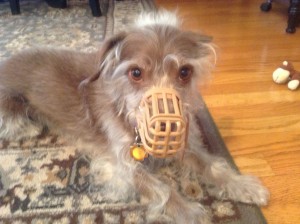
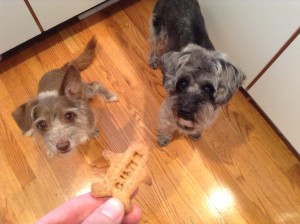
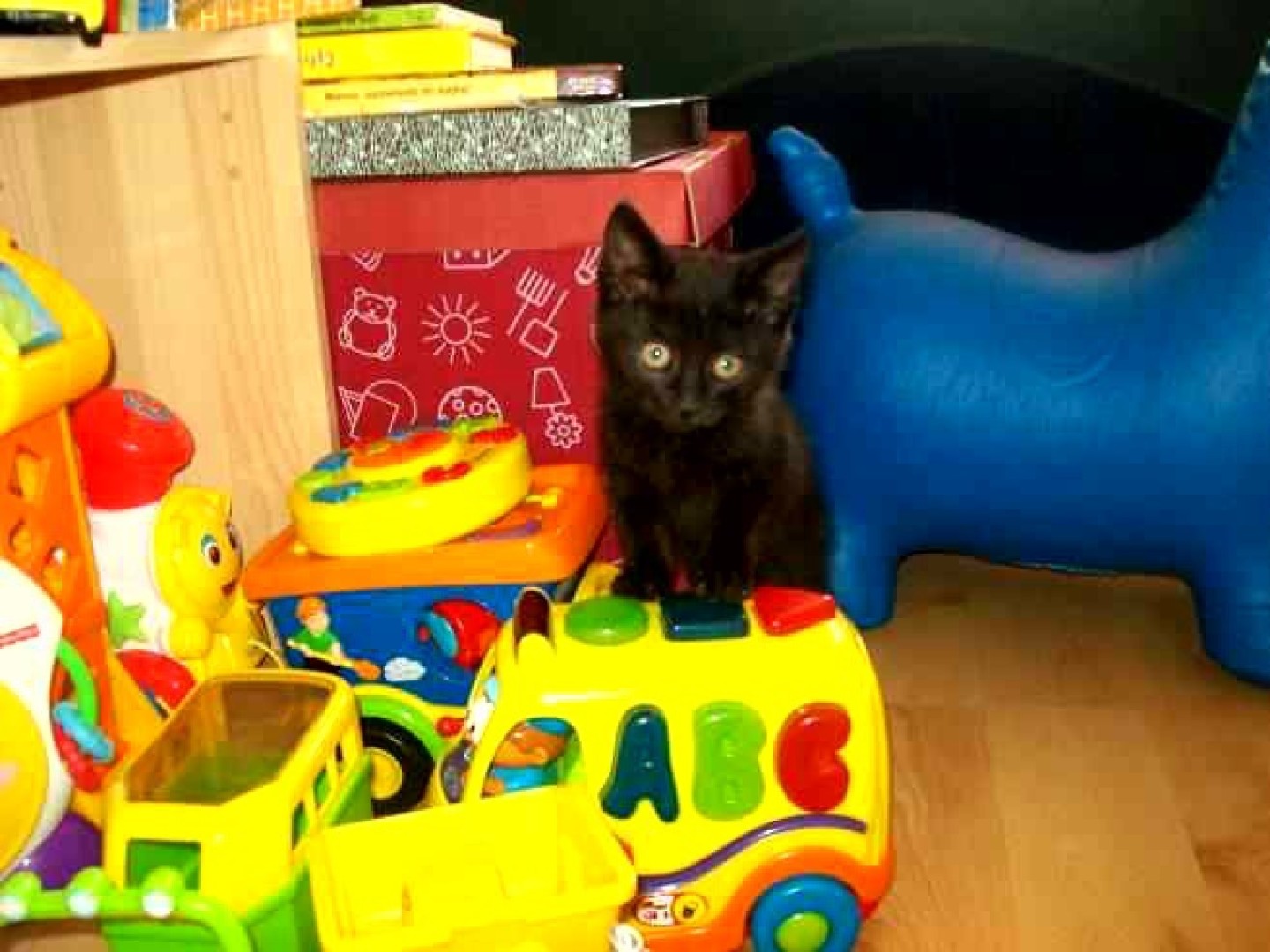

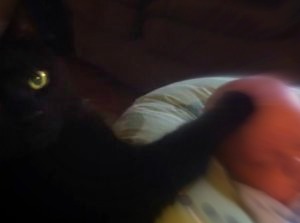
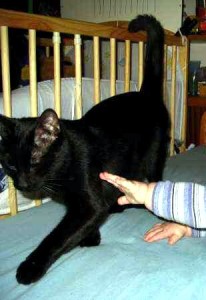





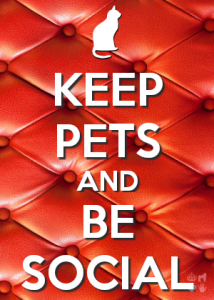




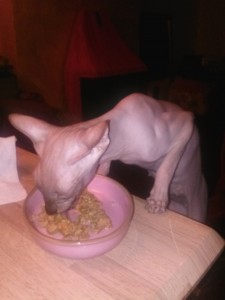
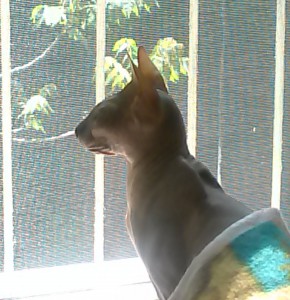

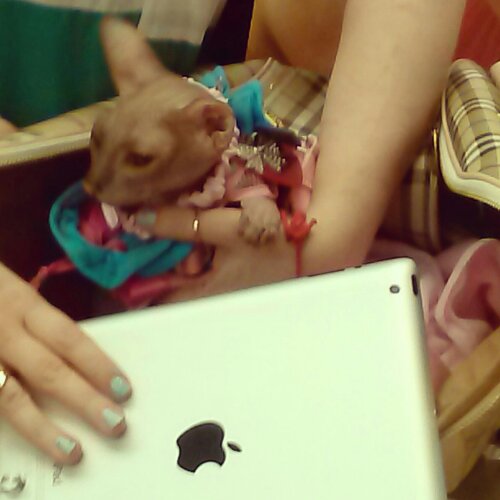

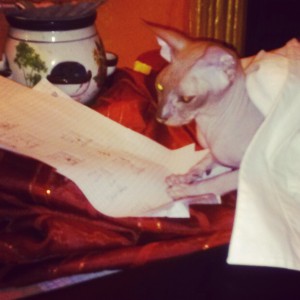





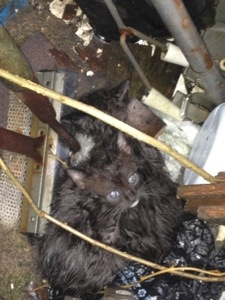
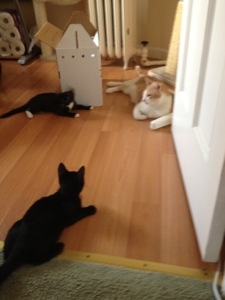
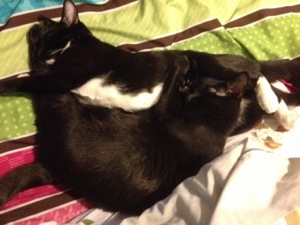
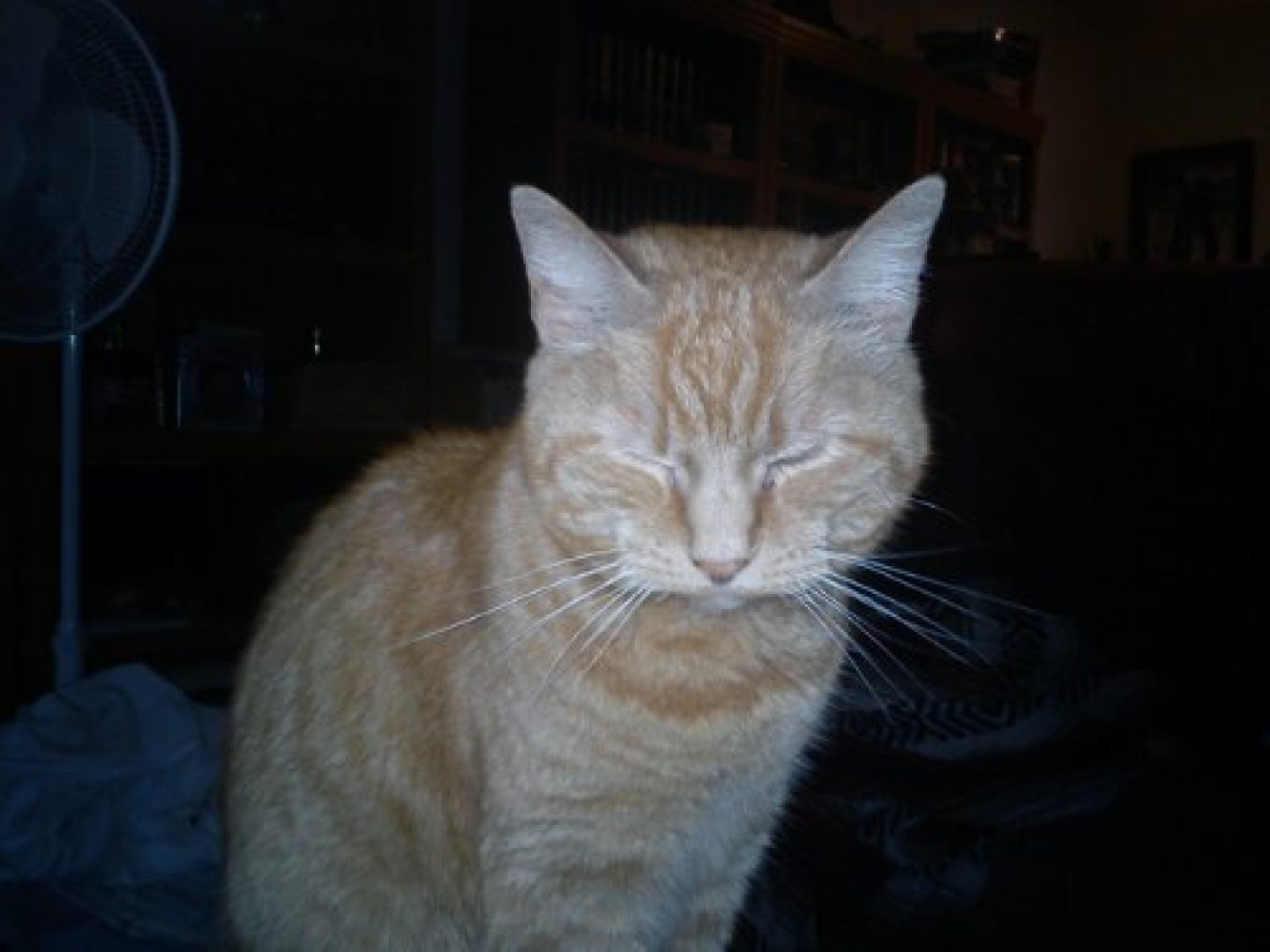

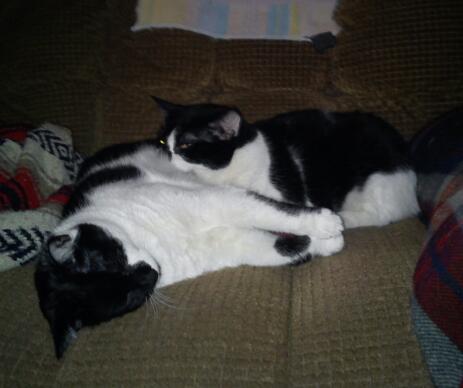
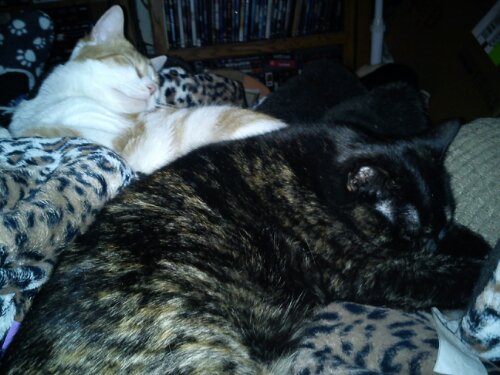
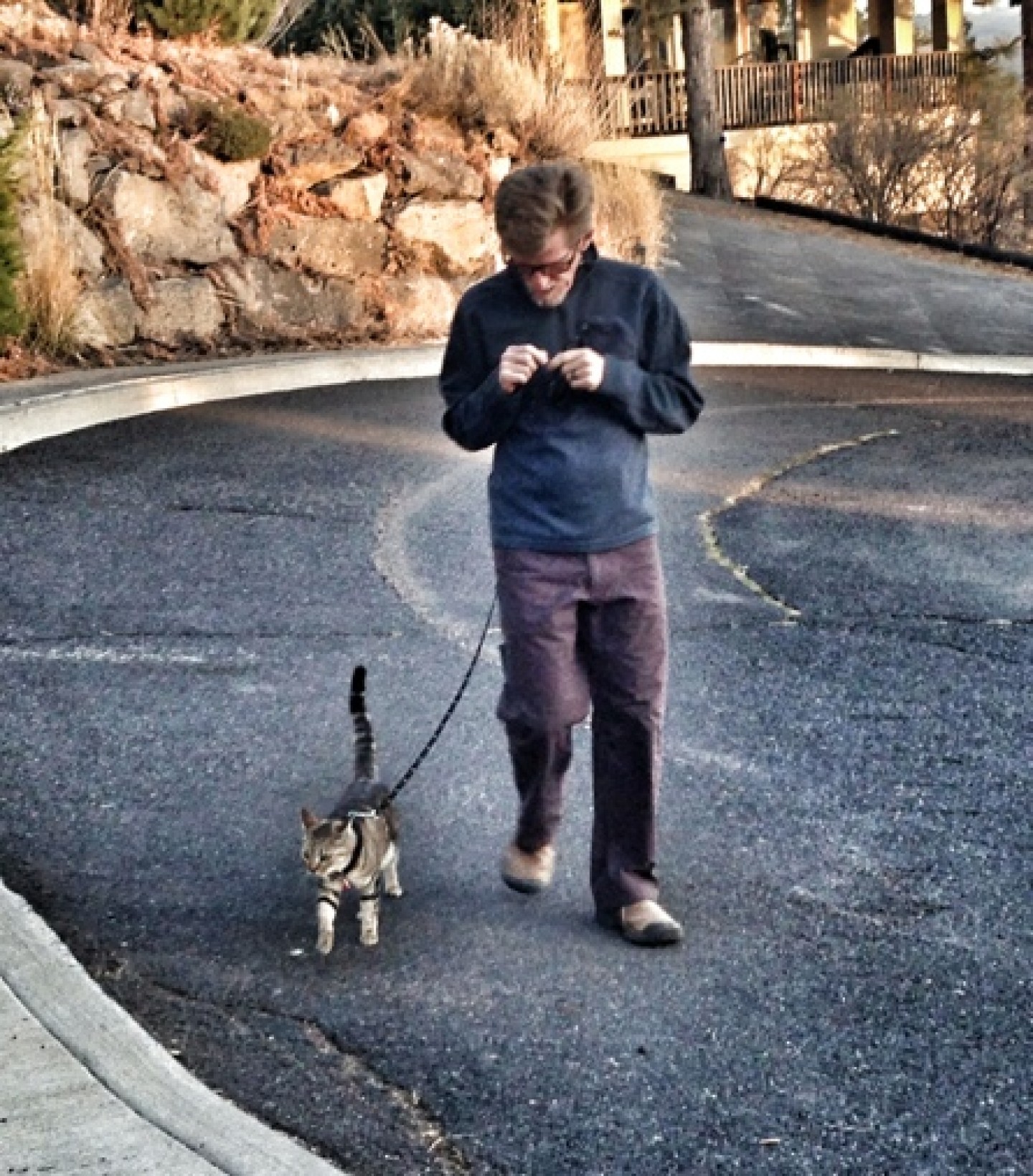



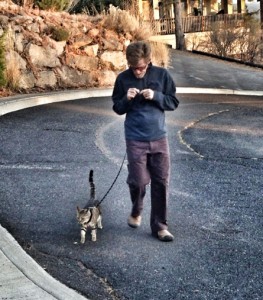




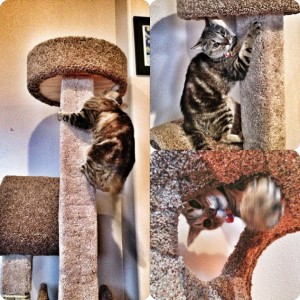
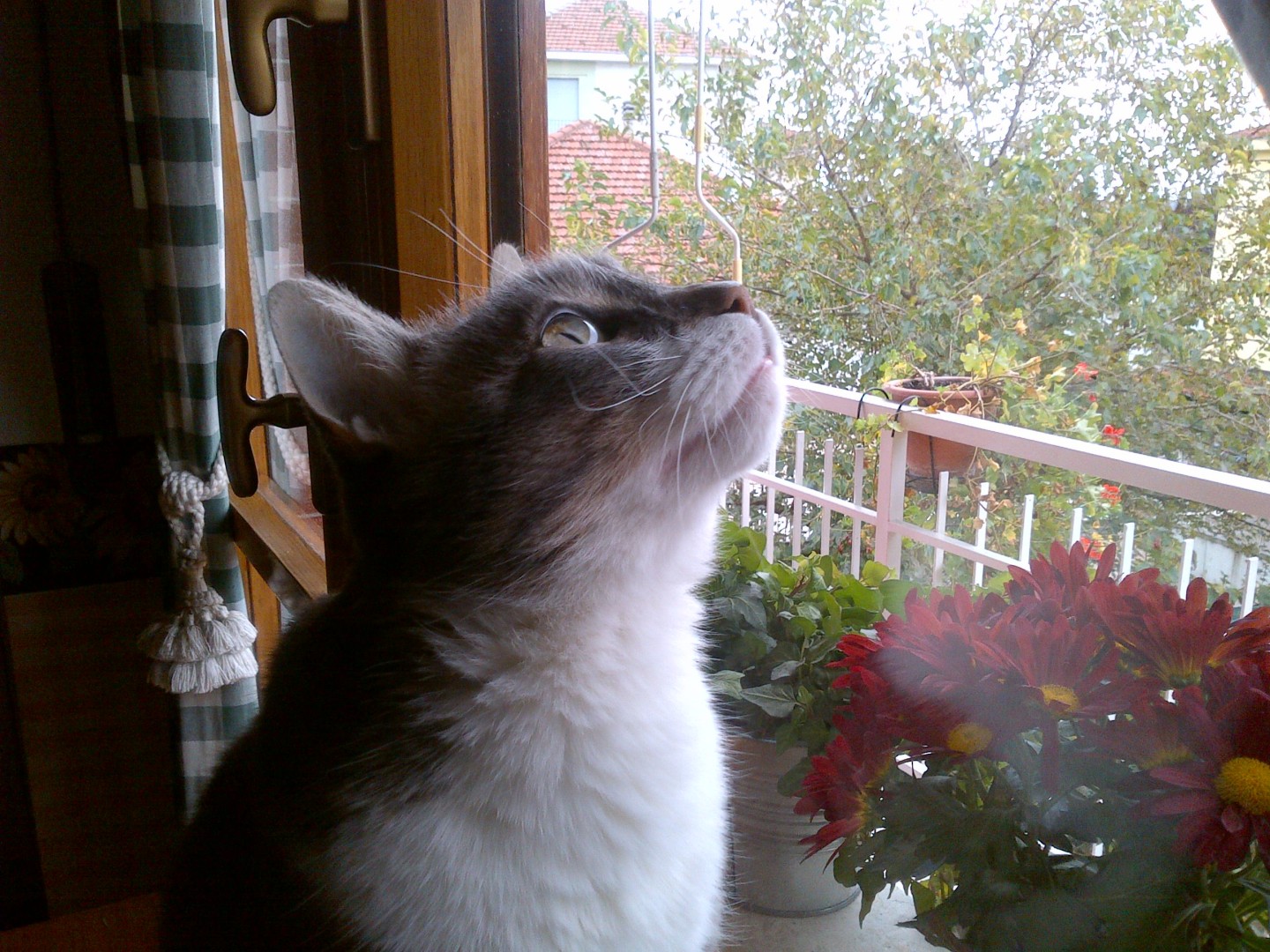
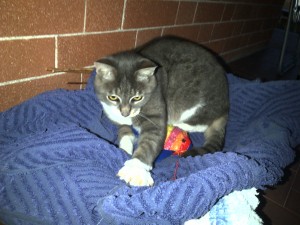
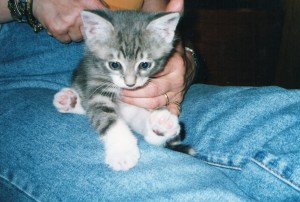
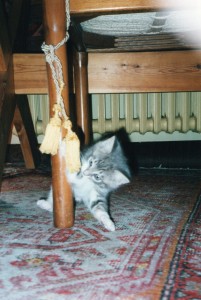
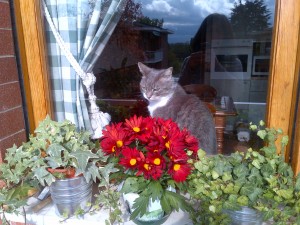

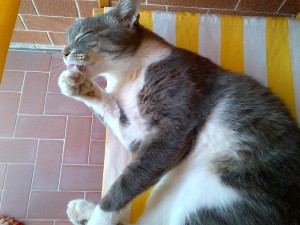
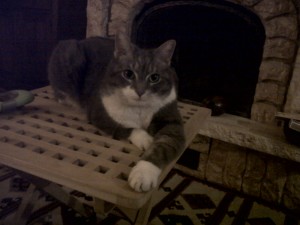
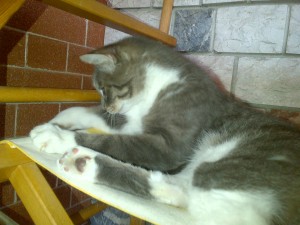
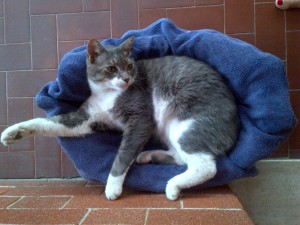


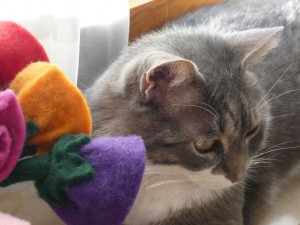
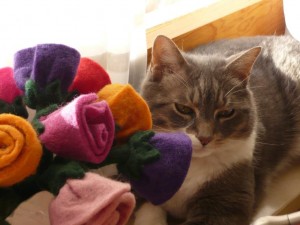




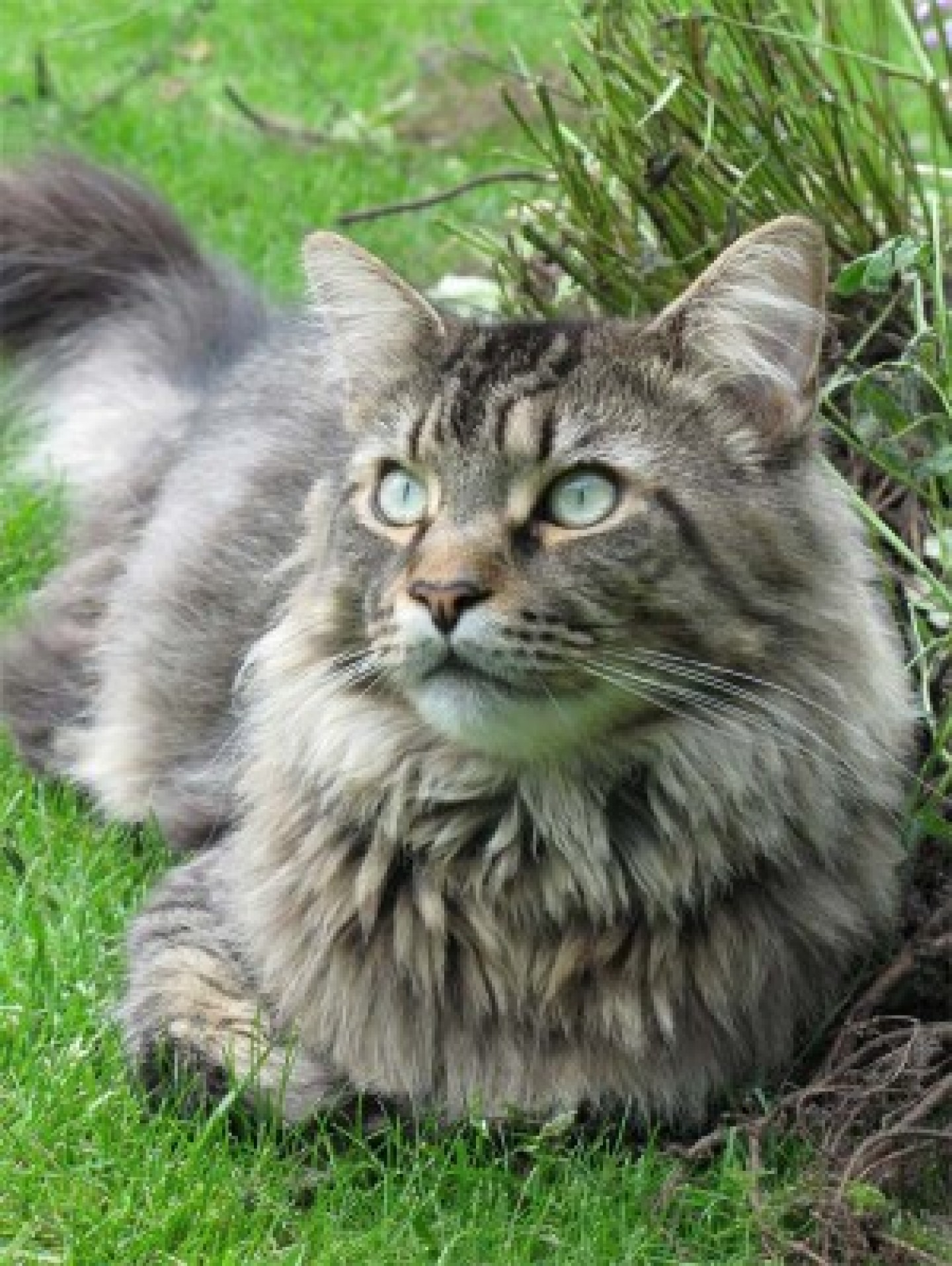


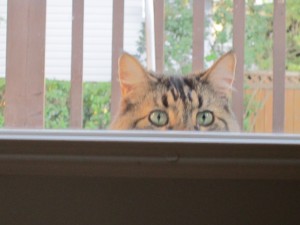



Recent Comments